Business & Industry

Salt Mining
Louisiana is home to 128 identified salt domes, including the coastal dome now known as Avery Island.

Louisiana is home to 128 identified salt domes, including the coastal dome now known as Avery Island.
French explorer and commander Sieur de Sauvole served as the acting governor of Louisiana from May 2, 1699, until his death on August 22, 1701.

Slavery existed in Louisiana from its earliest origins as a French colony through the Confederacy's defeat in the Civil War. Slave insurrections, however, were unusual events.
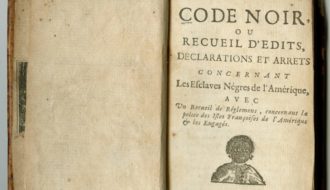
As early as 1699, when Pierre Le Moyne d'Iberville first began to develop the French colony of Louisiana, he petitioned the king to allow a slaving expedition to the west coast of Africa to procure captive laborers.
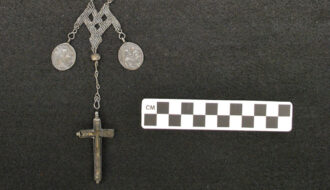
Thousands of New Orleans’s eighteenth-century residents are interred at the site of the St. Peter Street Cemetery in the French Quarter.
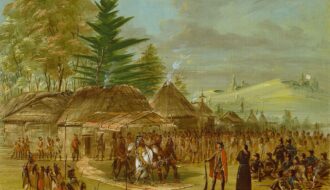
One of Louisiana's pre-contact indigenous groups
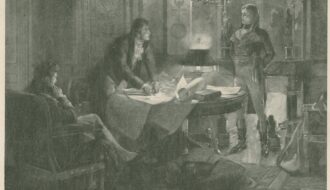
The Third Treaty of San Ildefonso secretly transferred control of colonial Louisiana from Spain to France.

The Third Treaty of San Ildefonso traded the colony of Louisiana from Spain back to France and played a role in the events that led to the Louisiana Purchase.
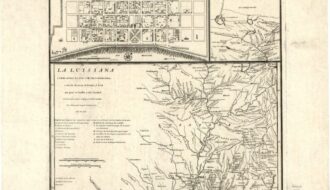
The Treaty of Fontainebleau ceded all the territory of French colonial Louisiana west of the Mississippi River, along with New Orleans, to Spain.

The Treaty of Fontainebleau shifted ownership of western Louisiana and New Orleans from France to Spain during the French and Indian War.

The Tunica-Biloxi Tribe is one of only four American Indian groups in Louisiana recognized by the federal government.

The Tunica people, skilled traders and entrepreneurs who engaged with French colonists in the eighteenth century, merged with several other historical Louisiana tribes in the twentieth century.
One-Year Subscription (4 issues) : $25.00
Two-Year Subscription (8 issues) : $40.00
